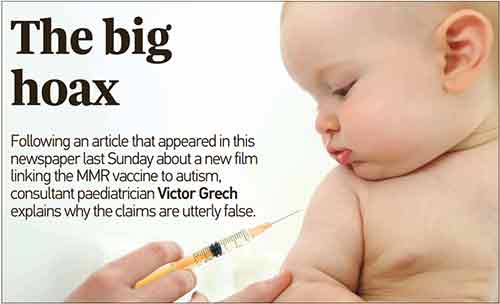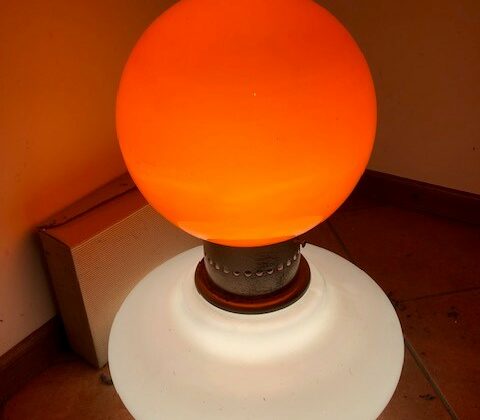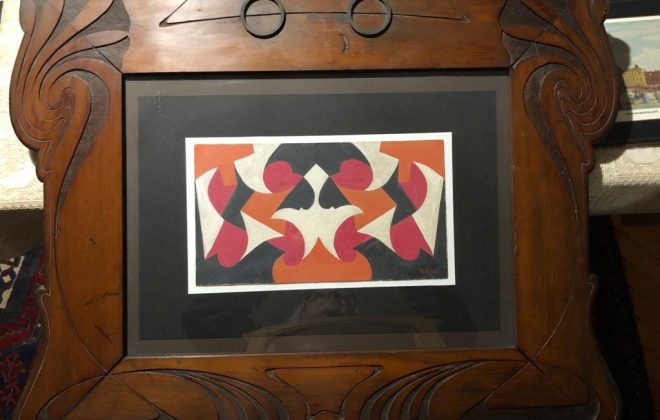Giorgio de Chirico, the Neo Metafisica, The eternal return, the continuous learning
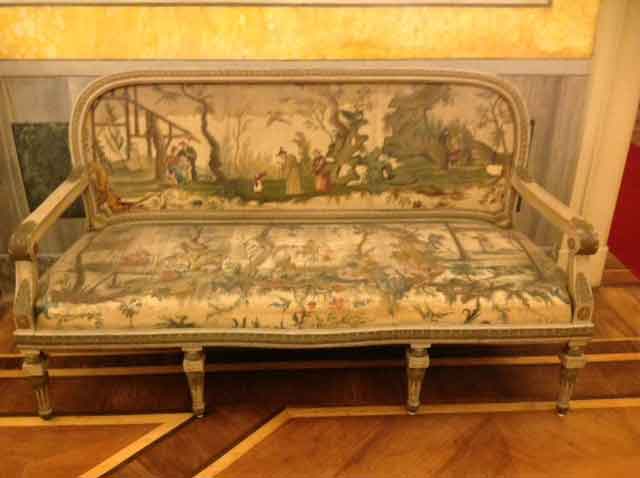
By Francesco Carelli
University of Milan, Rome
Giorgio de Chirico is certainly the most important and eclectic artist in Italian twentieth century. He was a painter, sculptor, scene painter, costume-designer, writer, literary works’ illustrator – from mythological telling to great modern classics, with great knowledge of ancient and modern philosophy and love for classic culture, and put in his works many elements of this huge knowledge. His metaphysic painting is full of suggestion, rich in enigmatic atmospheres, dominated by immobility and silence, where prospective has a fundamental role inside the composition.
After extraordinary restoration, the Royal Villa beautiful rooms in Monza open the season of great exhibitions by “Giorgio de Chirico and the mysterious object”, presented in Royal Palace “Serrone”.
The exhibition, in the care of Victoria Noel-Johnson and organized by ViDi, shows more than thirty works of Giorgio and Isa de Chirico Foundation, from the forties up to the half of the seventies, with the aim to illustrate the role played by the mysterious object in the artistic production of the great painter “Pictor Optimus”.
Giorgio de Chirico’s artistic microcosm, made by visions, fancies and memories, gives us an unusual point of view on common and familial objects, which we think to know, but that inside the work assume a different meaning, being linked one to the other in an unexpected or illogical way: in conclusion, an artist’s research on metaphysic aspect of ordinary things.
“ (…) I realized that there are very many strange, unknown, solitary things which can be translated in painting (…). To imagine everything as enigma (…) the enigma of things that usually are considered insignificant. To feel the mystery of some phenomena of sentiments, of characters of a people, to imagine also the creator geniuses like very odd objects that we can turn over by any side. To live in the world as in a huge strangeness museum, full of odd multicoloured toys, which change aspect, which we, sometimes, like children, break to see how they are made inside. And, disappointed, we realize they are empty” (Giorgio de Chirico, about 1912).
The exhibition intends also to go deep into the influence de Chirico had on a great part of XXth century vanguard languages. It is surprising to realize how many seeds were spread and sprout by this enigmatic and severe artist, creator not of a new style, but of a new thought, a new concept, that succeeded in diffusing silently and without clamours, changing the course of art in XXth century.
As Neometaphysic it is designated a specific phase of the artist’s painting from 1968 to 1976, with the resumption and new contextualization of many among subjects of painting of 1910, 1920 e 1930 years, characterized by its own evident peculiarities.
In old de Chirico’s mind come together memories about his metaphysic images and, as frequently it happens in memories, memorized things are differently evaluated, being viewed according to a changed visual.
So, De Chirico was accused of self-plagiarism because he commonly used his former themes in new works. This ‘replay syndrome’ is quite unique in modern art, which has been dominated by the obligation, dogma and cult of newness and renewal. At odds with most of his contemporaries, Andy Warhol suggested that de Chirico made such recurrent series because ‘he liked it’. Indeed, as a lifelong admirer of Nietzsche, de Chirico may just have applied the philosopher’s concept of the ‘eternal return’, in which one is supposed to live and accomplish tasks that one would want to repeat forever. In that way, de Chirico’s work should not be considered as that of a genius who fell into decadence, but it appears as a continuous, organized process to which organic brain dysfunction never contributed.
His characters, his manikins, his objects, his architectures became really toys, and the sense of play, already secretly latent in some corner of the first Metaphysic, now triumphs as a completely new creative key, vitalized by absolute conscience of freedom and domain of his own poetic and even psychic world, by which he is no longer overwhelmed, but of which he becomes the disenchanted producer or even the puppet showman of a performance rich of surprises.
In front of us, like in front of children looking at wonderful shop-windows, appear magic boxes and geometric solids, all flavour fruits and complex measuring instruments, balls to play with in a zigzag water, and more suns and moons to switch on at our pleasure, and locks, biscuits, pothooks, statues’ fragments, divinities’ heads.
 |
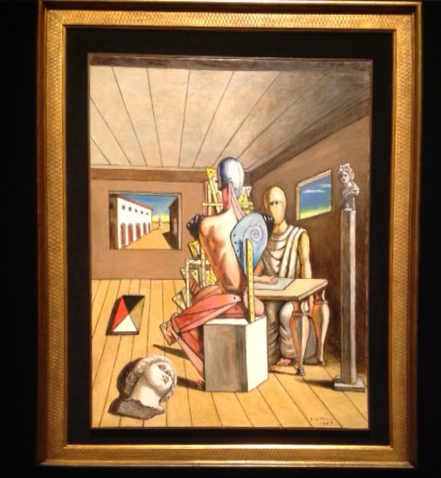 |
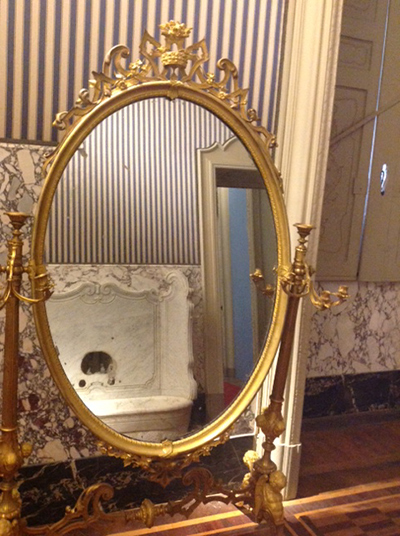 |


